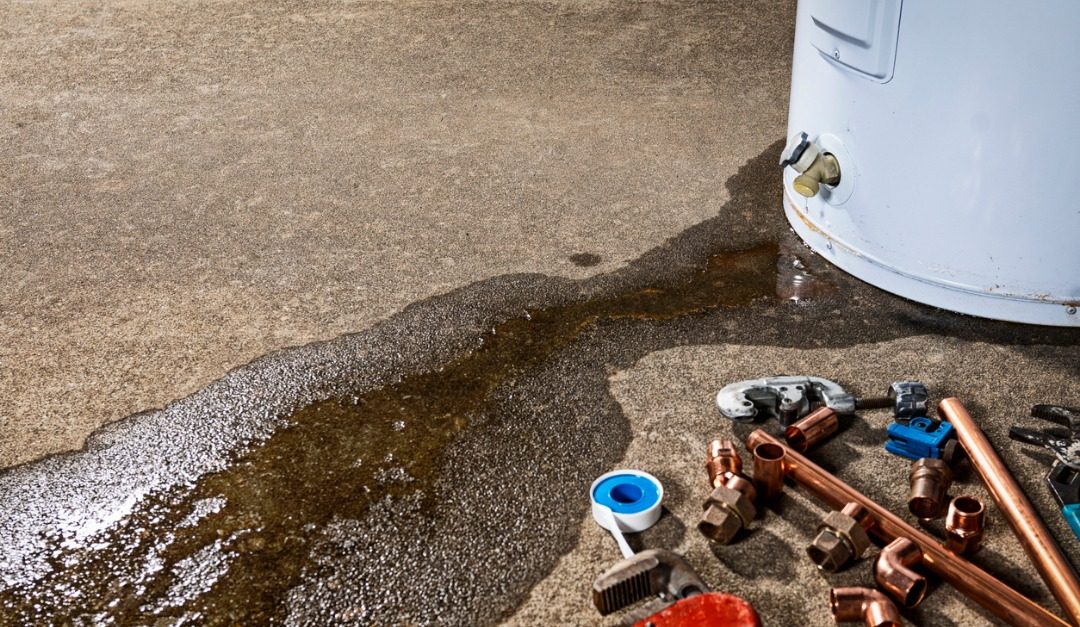Many homeowners don’t give much thought to their water heater until it breaks down. With simple, routine maintenance you can prevent problems and increase your water heater’s lifespan and efficiency.
Check the TPR Valve
A water heater has a temperature/pressure relief (TPR) valve on the top or side that can open if the internal pressure is too high to prevent an explosion. Turn off the power and the cold-water supply valve. Set a bucket under the discharge pipe on the water heater tank, and lift the lever on the TPR valve to release some water, then let go. If it doesn’t release water, or if water continues to flow after you let go of the lever, replace the valve.
Get Rid of Sediment
Sediment that accumulates at the bottom of the tank can clog water lines, make the water heater less efficient and shorten its lifespan. Flush the water heater every six months to remove sediment.
Connect one end of a garden hose to the water heater drain outlet near the base, and place the other end of the hose in a bucket. Open the drain spigot, and let water flow out until it runs clear. Then briefly open the cold-water supply valve to stir up the sediment at the bottom of the tank. Repeat until the water runs clear, then close the drain valve, refill the tank and turn on the power.
Lower the Temperature
Unscrew the cover on the temperature dial and adjust the temperature to 120 degrees Fahrenheit. If you plan to go away for several days, turn off the water heater or turn the thermostat to the lowest setting.
If you have a gas water heater, you can adjust the temperature via the thermostat on the tank. For an electric water heater, flip the breaker to turn off the power.
Insulate
Cover the hot- and cold-water pipes with foam pipe insulation that matches their diameter. Extend the insulation as far as possible.
Cut an insulating blanket for the TPR valve and temperature control. Don’t cover the top of an oil or gas water heater. If you have an electric water heater, place a large circle of insulation on top of the heater and tape it to the side of the tank.
Check the Pilot Flame
For oil or gas water heaters, open the access panel at the bottom of the tank and remove the heat shield. If there is no flame, turn off the gas supply valve and blow into the opening to disperse any excess gas. Turn the knob on top of the control box to the “Pilot” position and relight the pilot. Then hold down the reset button on the control box for 60 seconds, turn the control knob to the “On” position and replace the access panel.
Remember Routine Maintenance
Many homeowners take their water heater for granted until it breaks down and they must pay a significant amount of money to replace it. With some simple maintenance, you can keep your water heater working efficiently for years.





